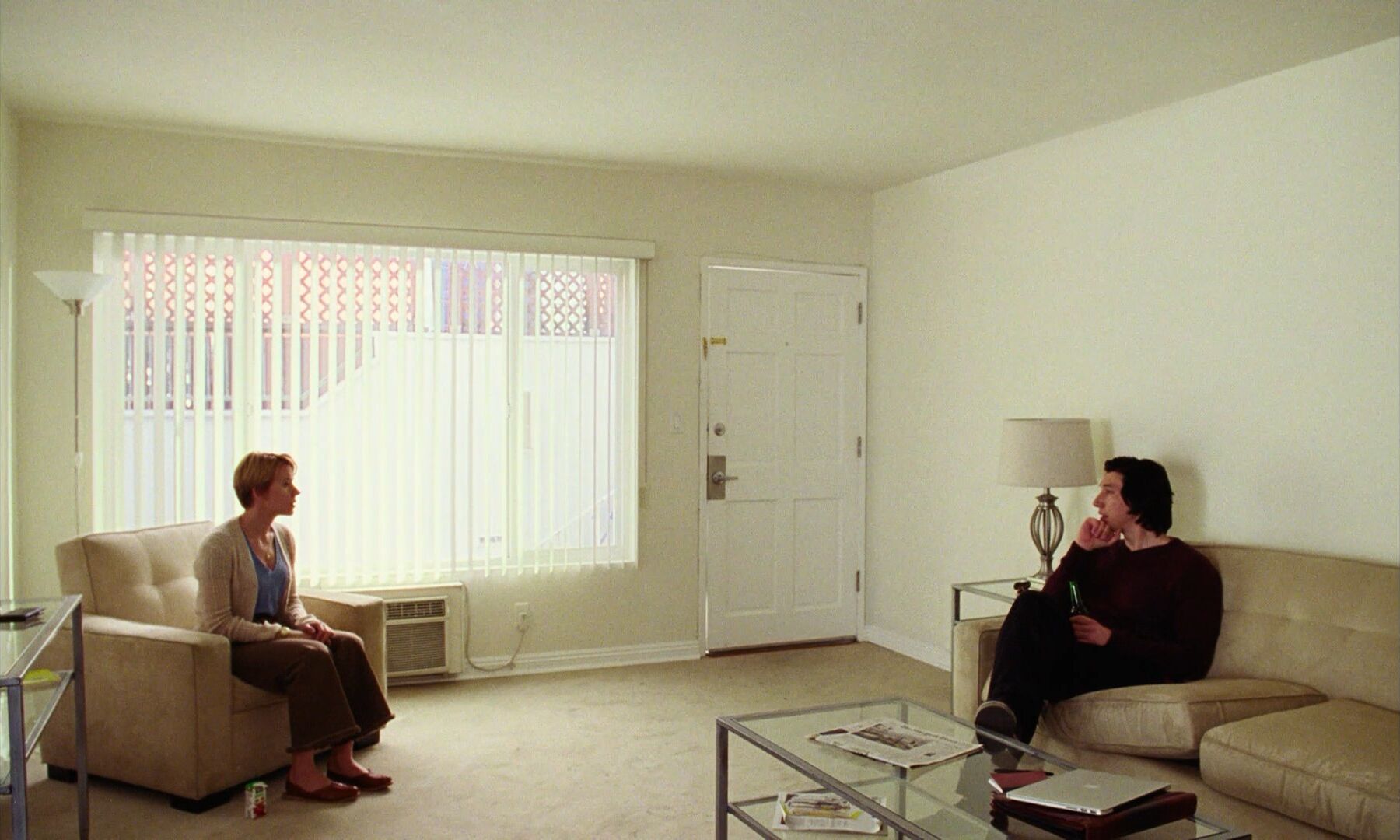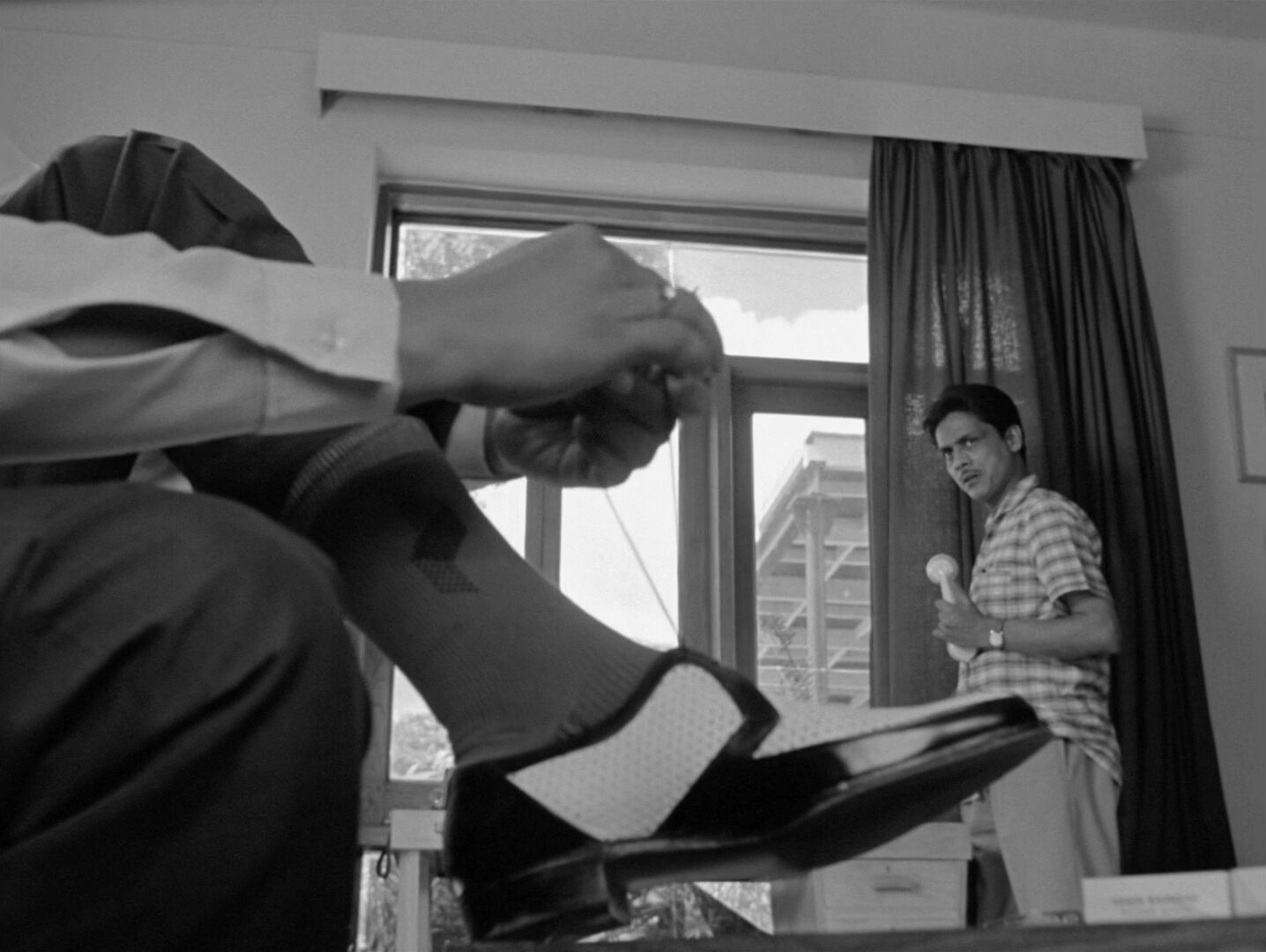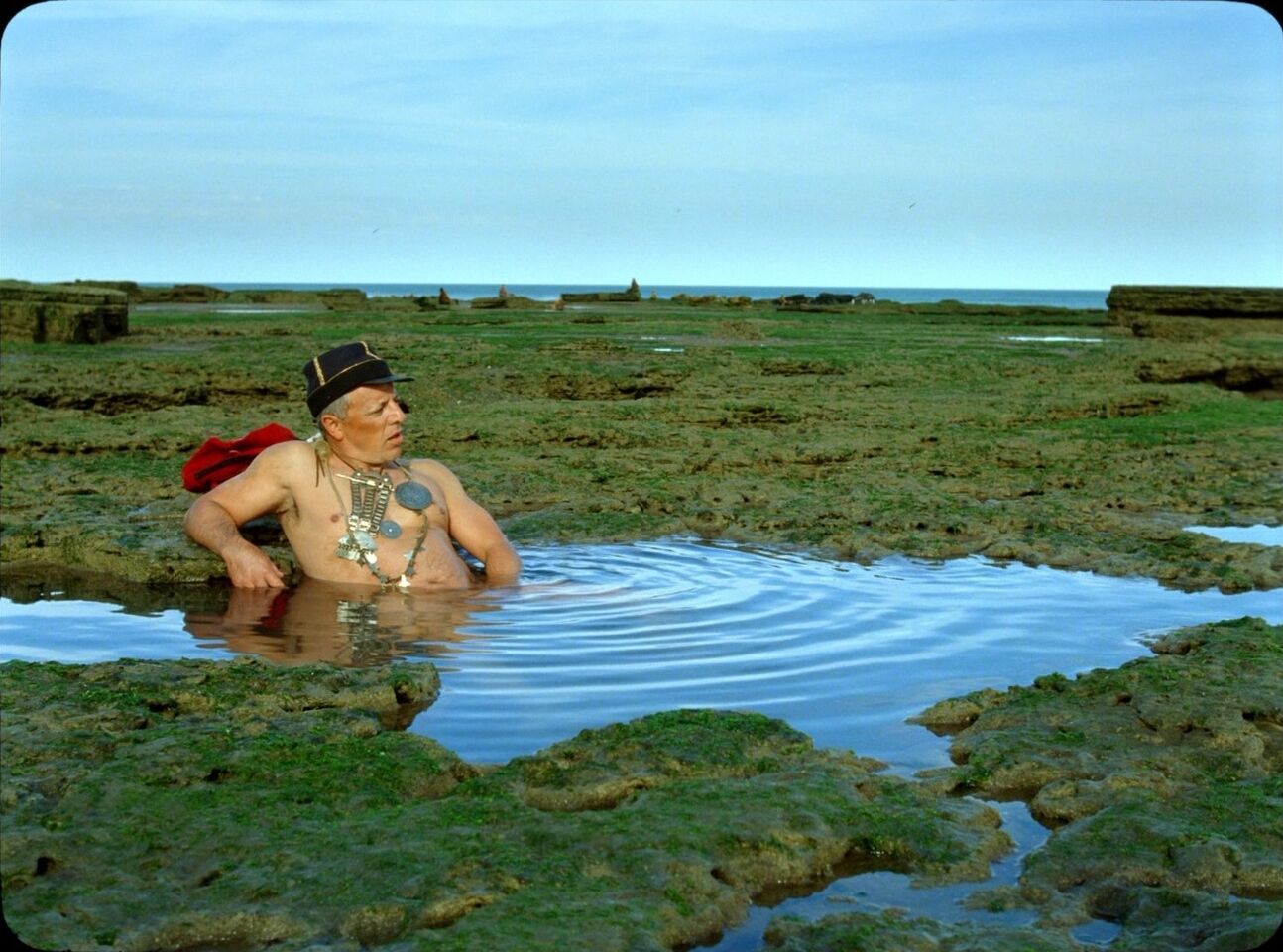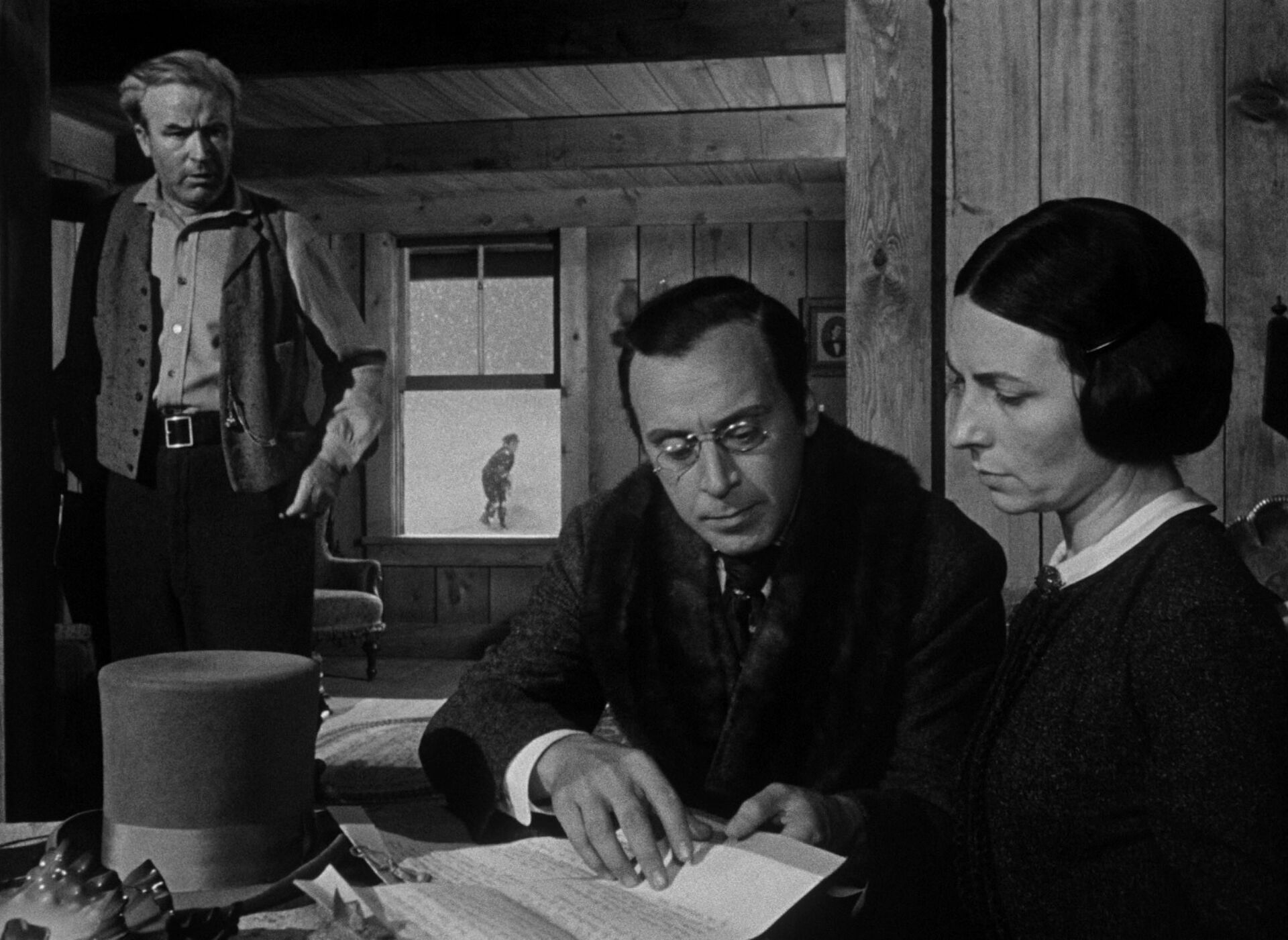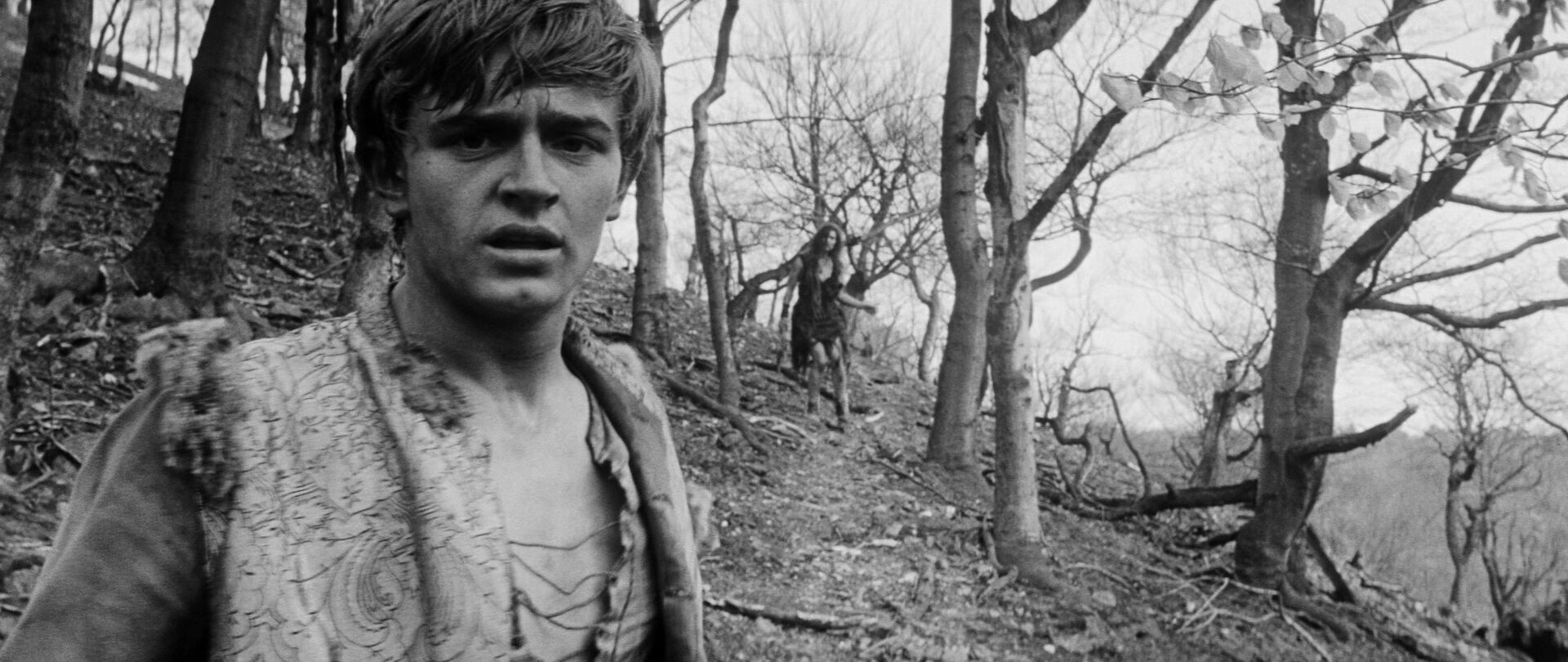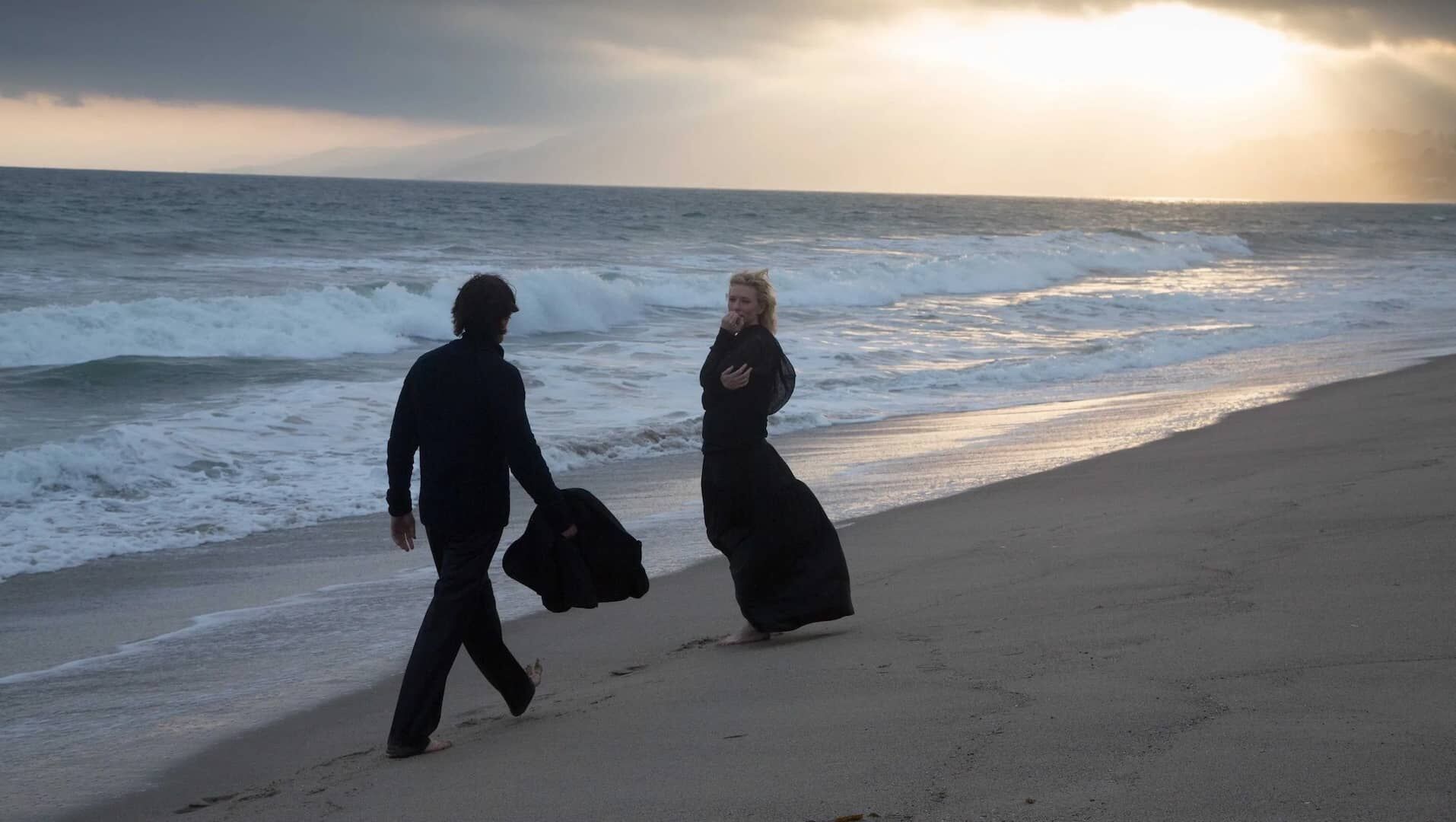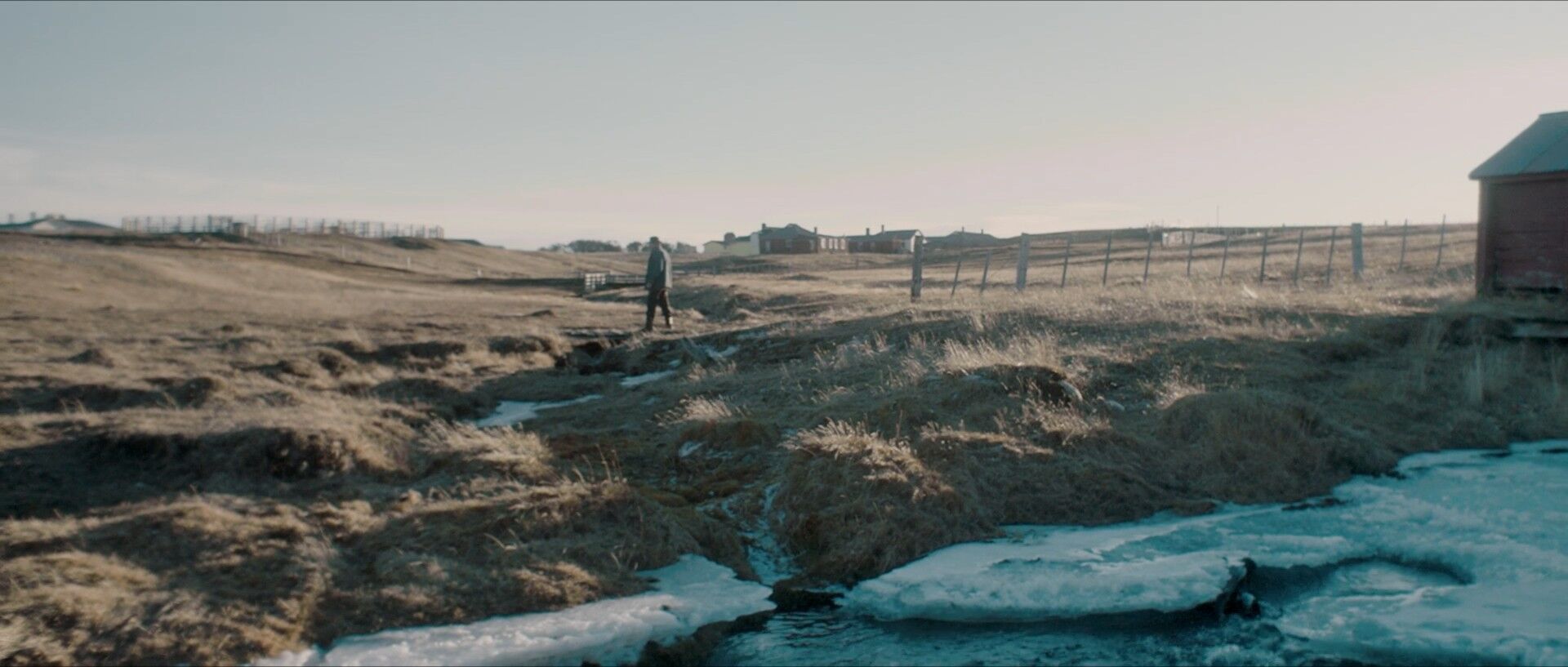home → Camera FOCUS → Deep Focus Shot
Deep focus definition
What is a deep focus shot?
A deep focus shot keeps all the planes of the image - from foreground to background - in sharp focus at once. This allows viewers to explore a scene in its entirety, without being directed to a single focal point. An often cited example of a shot is in Citizen Kane, where both characters inside and the child outside are clearly visible, without the camera focusing in on one or the other.
For an in-depth exploration of this technique, check out our full guide to deep focus shot, complete with examples and breakdowns.
Deep focus
Deep focus examples
It’s helpful to see deep focus shots in action before exploring how they operate within visual storytelling. Browse this curated selection of deep focus shots to get a sense of their variety of uses across films.
Showcase the full frame
Reveal relationships
Explore an environment
Show different events happening at once
Uses
What does a deep focus shot do?
Deep focus shots are often used to allow viewers to take in a whole frame, and filmmakers have different reasons they employ this storytelling technique.
Show multiple actions
Deep focus shots let the audience see several events at once in a single shot so that background and foreground action can be presented simultaneously.
Get the big picture
A deep focus shot can give the audience the entire depth of the scene, allowing them to see a bigger picture of what’s going on.
Reveal connections
In a deep focus shot, connections between characters and connections between their surroundings can be clearly perceived.
Explore the frame
A deep focus shot allows viewers to explore every part of the frame at once, making the viewing experience more exciting and personal.
Deep focus camera shots
Deep focus vs shallow focus
While deep focus keeps everything from foreground to background in sharp focus, shallow focus blurs everything except the subject. Shallow focus is often chosen to draw attention to a specific person or object, such as in romantic close-ups. Meanwhile, deep focus is used when the filmmaker wants everything in the frame clearly visible at once.
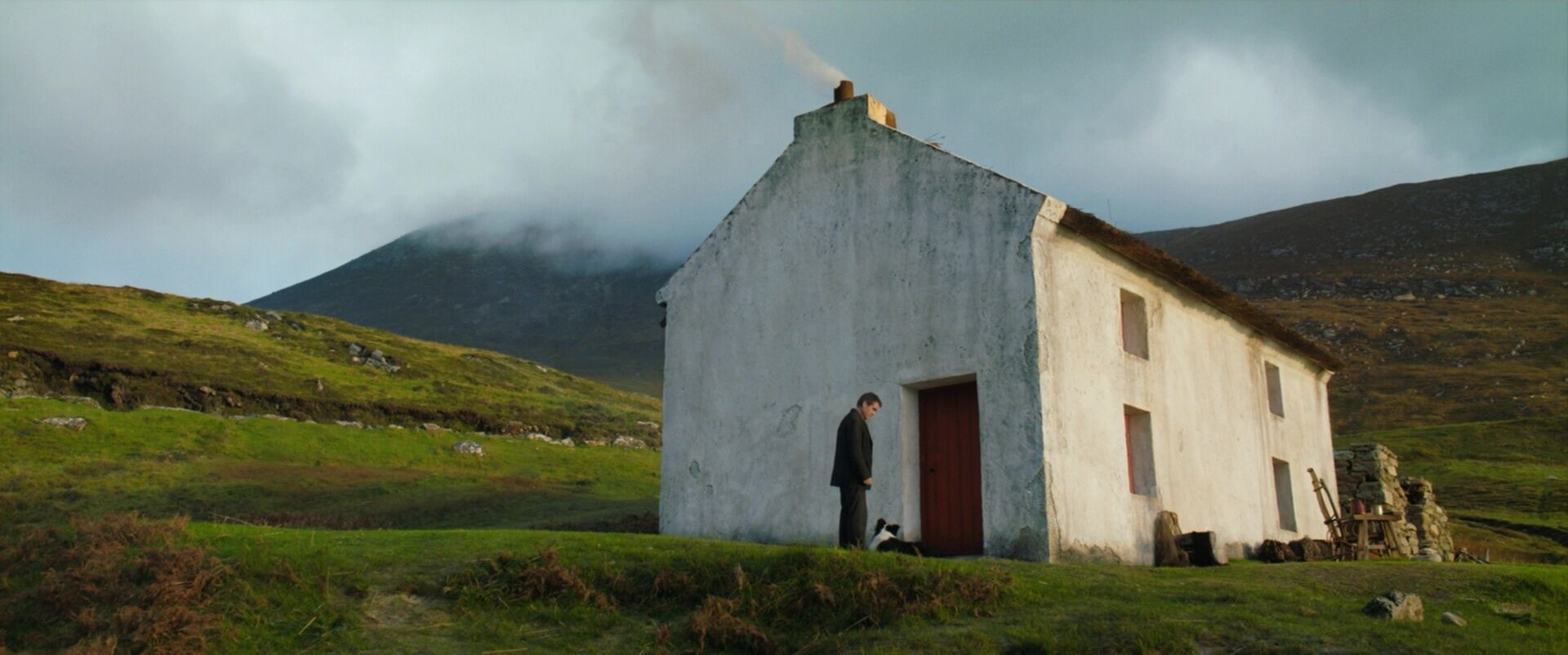
Case Study
Shot listing a deep focus shot
In Lawrence of Arabia, deep focus plays a massive part in the visual storytelling. When presenting such epic locations, battles, and characters, the best way to create that sense of size and scale is to keep everything in focus. In this scene, riders break off from the rest of the group and, thanks to the deep focus, we can emphasize and maximize the location, the collective group, and how we build anticipation for what's to come.
Click the shot list below to take a closer look at the entire scene.
Deep focus shots allow viewers to perceive a shot’s various planes all at once, but combining this technique with other shots can further enhance how a viewer experiences the story.
Unexpected combos
How can you use a deep focus shot with other camera techniques?
How to combine deep focus camera shots
Deep focus shots are a versatile addition to any filmmaker’s visual language. While impactful on their own, they gain even more power when paired with other techniques. Here are some creative ways deep focus shots can be combined with different cinematic approaches:
- Over-the-shoulder shot: A deep focus shot over-the-shoulder keeps both the speaker and listener in focus at once, which can be useful for dialogue scenes.
- Wide shot: A deep focus shot combined with a wide shot captures vast environments with equal clarity across the frame.
- Ensemble blocking: Deep focus shots are great for shots with a large ensemble, as they show multiple characters in different parts of the frame without needing a cut or camera shift.
- Tracking shot: Tracking shots with deep focus follow movement with sharp focus as characters move through a scene.
- Long Take: Combining a deep focus shot with a long take gives the viewer a longer time to explore the frame.
Frequently asked questions about the deep focus shot
A deep focus shot is when everything in the frame is kept in sharp focus all at once.
While shallow focus puts only one plane of the image in sharp focus, pulling attention to a specific subject, deep focus keeps all planes in focus at once.
Deep focus allows viewers to see multiple layers of action or meaning in just one shot.
In Chantal Akerman’s Jeanne Dielman, 23 quai du Commerce, 1080 Bruxelles, shot by cinematographer Babette Mangolt, Mangolte and Akerman often use long, fixed, shots to show the main character going about her daily routine.
A filmmaker would use deep focus shots in film to show the foreground and background at once in sharp focus, allowing the audience to really focus on the frame.



